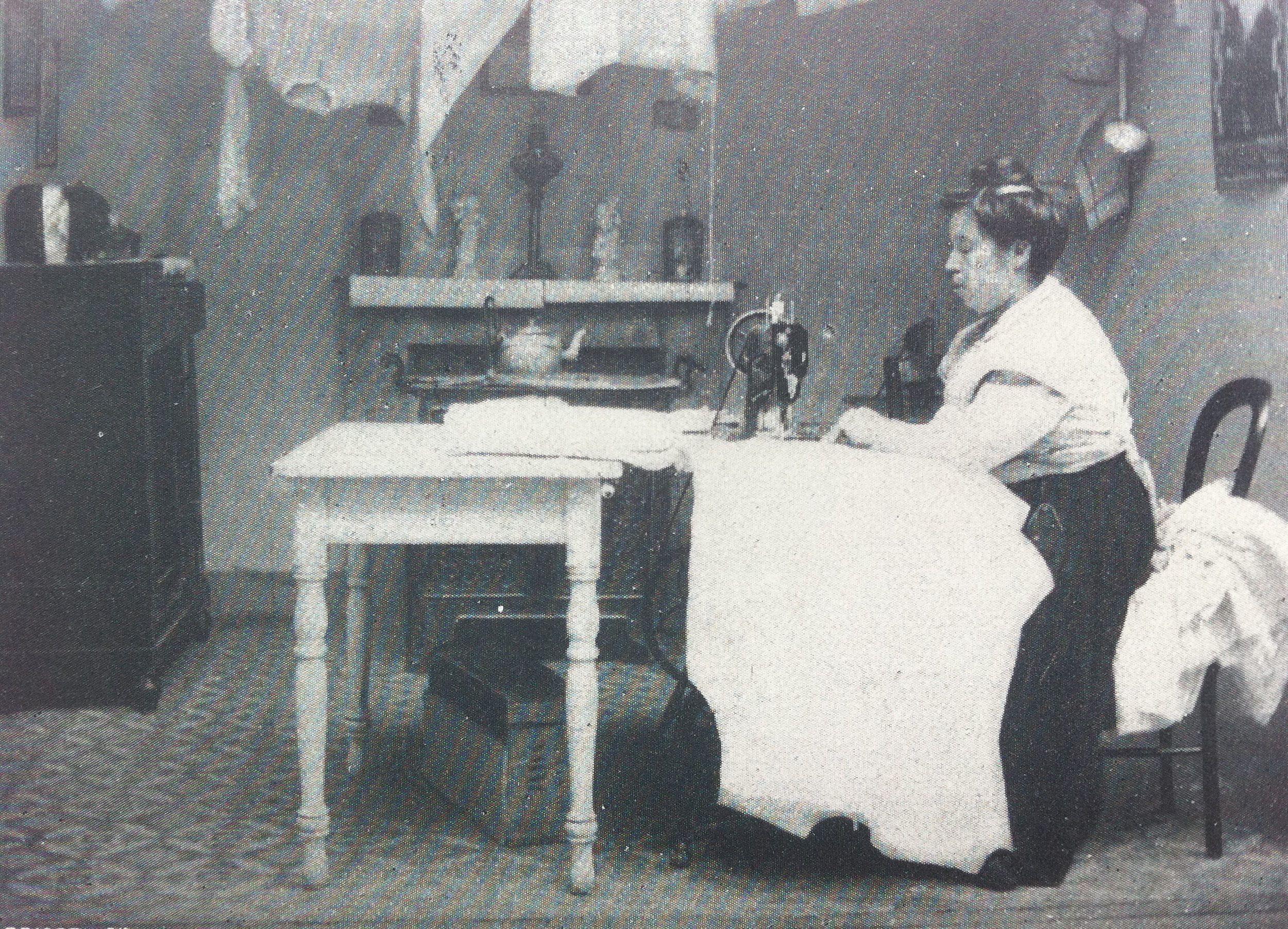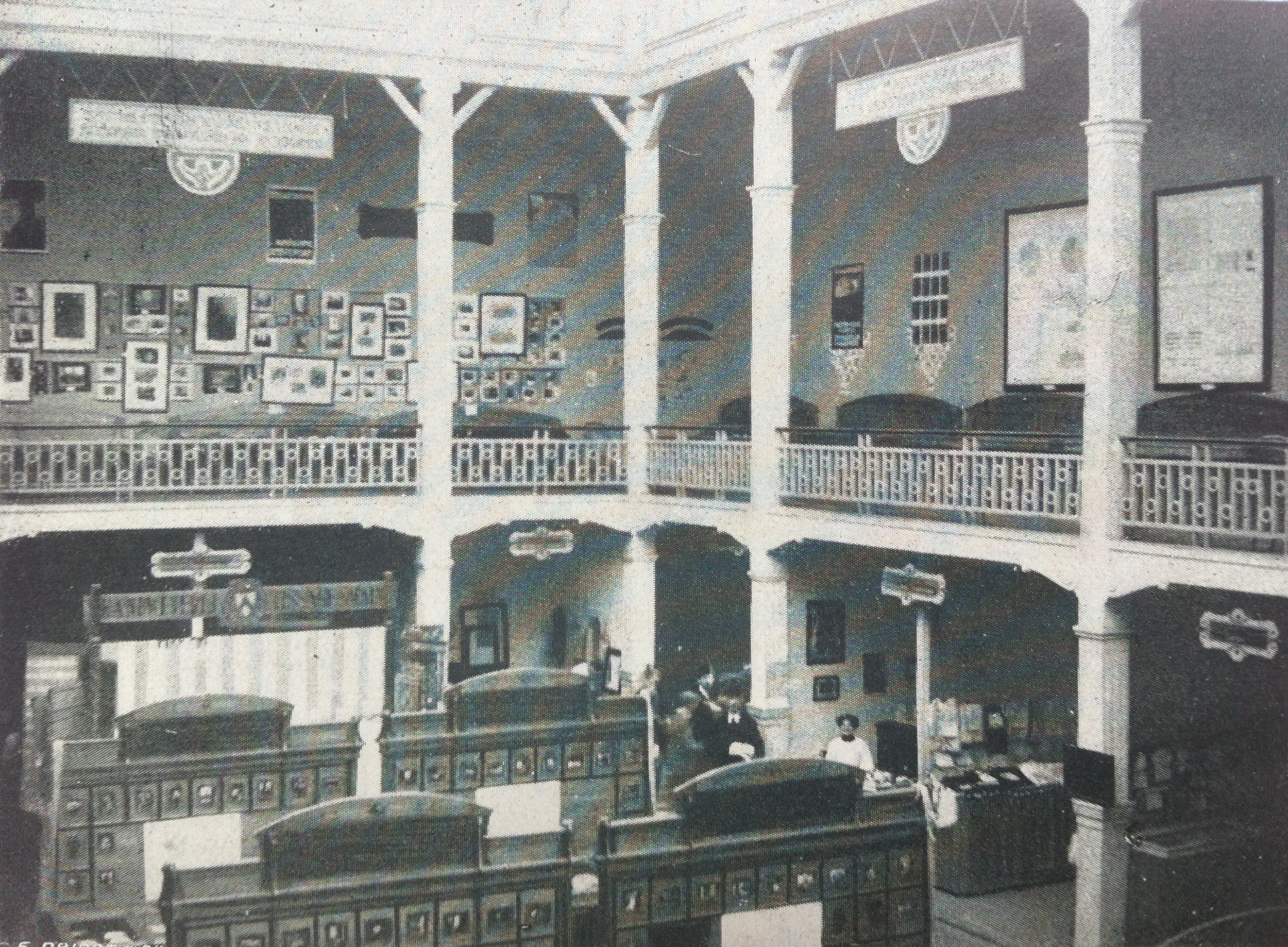INSIDE CAPITALISM, OUTSIDE ARCHITECTURE
Princeton, Spring 2012
Research paper completed as part of the seminar "The Architecture of Markets"
Instructor: John Harwood
Summary
This paper seeks to situate the architectural discipline in a supply-demand structure. Whilst architecture's own relationship with capitalist markets remains the cause of much discomfort in the discipline, the clothing industry as a kind of “proto-architectural” activity has grown to be the model for all consumer systems. The paper studies the case of the female industrial homeworker in the late 19th and early 20th century.
In order to gain access to the historic situation in a somewhat archeological fashion, I chose to study two exhibitions on industrial homework from 1908 and 1910 as a means of sectioning the subject matter at different points. Whilst dissimilar in focus and patronage, both exhibitions shared a key ambition: to reform consumer behavior by raising awareness of the impact of buying habits on production conditions. Unraveling the economic, political and cultural world around these workers outlines the interplay of supply and demand and locates this interaction between three architectural typologies: the factory, the house and the exhibition hall.
The paper's main thesis is that architecture serves as an instrument of risk management. In performing this function, architecture has the additional capacity to simultaneously conceal and reveal crucial systematic aspects of capitalist economies. In this manner, it is both through its absence as a dedicated working environment, and through its presence as a domestic space, that architecture differentiates productive spheres and defines capitalism as a gendered social structure.





